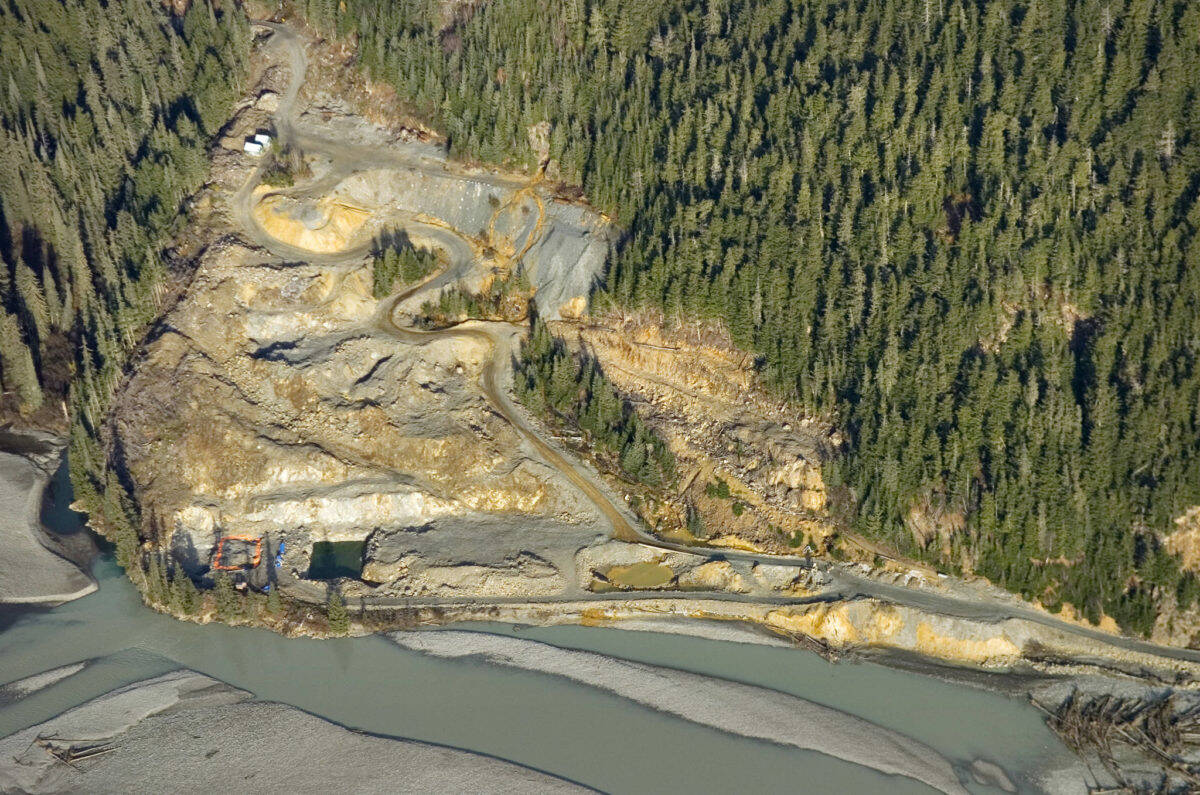Lying roughly 10 miles east of the Alaska-Canada border, the Tulsequah Chief mine has had a long and troubling history. Abandoned in 1957, it has been leaching acid rock drainage into the Taku River watershed for most of the past 64 years. There now is reason to hope that this ongoing threat to the ecosystem will be eliminated.
During my most recent terms as mayor of Juneau (2003-2012) and up until a few years ago, the future of the Tulsequah Chief, and thus the lower Taku River region, was uncertain. Believing that further development of the mine was the best way to clean it up, the British Columbia government sought companies to reopen it. Two successive mining companies tried to do so, but both went bankrupt. For their part, American authorities at the local, state and federal levels variously advocated either that the mine be cleaned up prior to any further development or that it simply be cleaned up and closed down.
The good news: over the past several years a consensus has emerged that the best path forward is for the B.C. government to take responsibility for mine closure and cleanup — and to bar future mineral development at the site. This is particularly significant given the economic and cultural value of the Taku’s fisheries to Southeast Alaska and its status as usually Southeast Alaska’s top salmon producer. Protecting the fisheries has become more important than ever in light of the declining king salmon runs on the river and the impacts of climate change on their ocean habitat.
In 2016 mine owner Chieftain Metals sought bankruptcy protection and entered a receivership process. That process is under a court imposed deadline of August 2022. Assuming no buyer comes forward by then to purchase the mine, which is unlikely and nearly universally opposed, the process ends. The mine claims then revert to B.C. and the provincial government can formally take over responsibility for mine remediation. In 2017 B.C. established a no mineral staking reserve under the Mineral Tenure Act for the area of Chieftain’s mineral claims, so once the claims revert to the provincial government, they cannot be developed.
In August of 2020, the B.C. government released a draft plan to close down and clean up the Tulsequah Chief. It’s still a work in progress, but it’s a good start. Some of the most important questions have yet to be answered: how will the full closure and cleanup be funded, what steps for long-term maintenance and monitoring will be provided, what schedules and deadlines will be imposed.
One key issue that must be sorted out promptly is how Alaska’s interests will be represented during remediation planning and implementation. B.C. has created a Tulsequah Chief working group, but the only Alaska participant is the Department of Natural Resources; there are no tribal or U.S. federal participants.
Given that the Taku is a transboundary river and an important resource for both B.C. and Alaska, and also given that B.C. has adopted the Declaration on the Rights of Indigenous Peoples, B.C. should invite participation from the Douglas Indian Association, Southeast Alaska Indigenous Transboundary Commission and U.S. federal government.
All of us have a stake in protecting the Taku and those who depend on it. We look to our B.C. neighbor to honor its commitment to closure and remediation. We need to ensure all the parties that have moved the process this far are represented in B.C.’s mine remediation planning and implementation. Engaging local, tribal and federal participants as part of the process will assure a better outcome, promote lasting good will and serve as a model of transboundary cooperation.
• Bruce Botelho served as Juneau’s mayor between 1988-91 and 2003-2012. He resides in Douglas with his family. Columns, My Turns and Letters to the Editor represent the view of the author, not the view of the Juneau Empire. Have something to say? Here’s how to submit a My Turn or letter.

